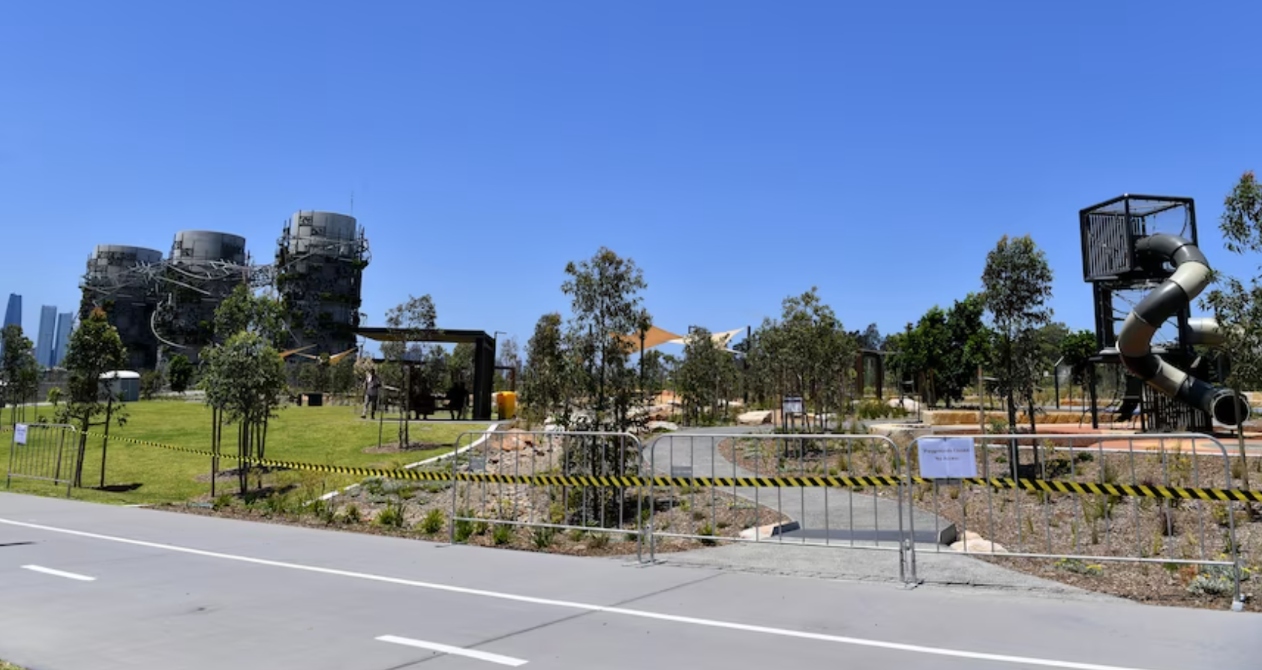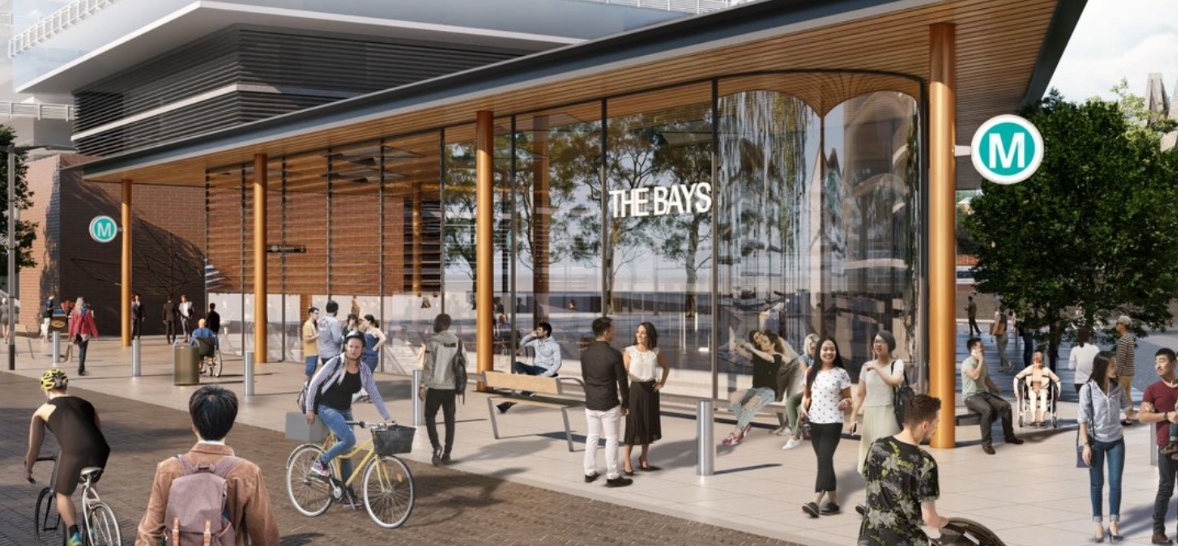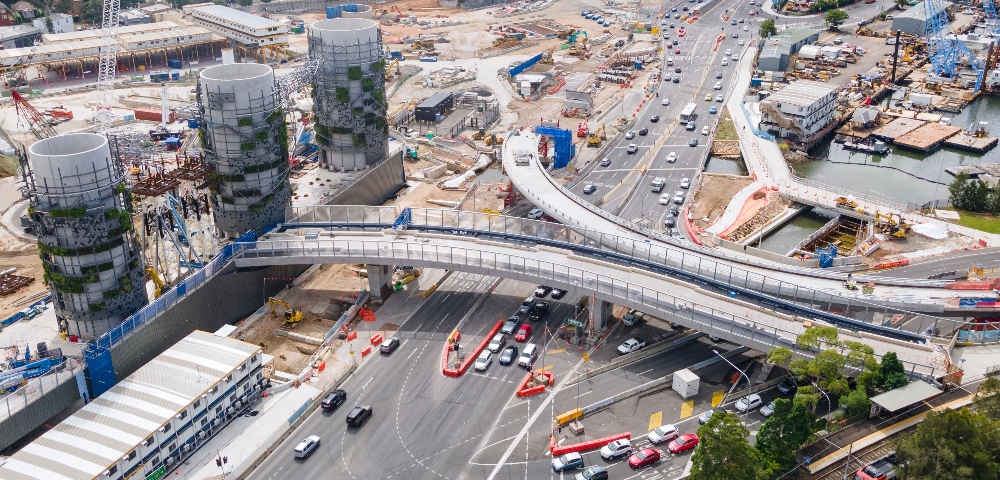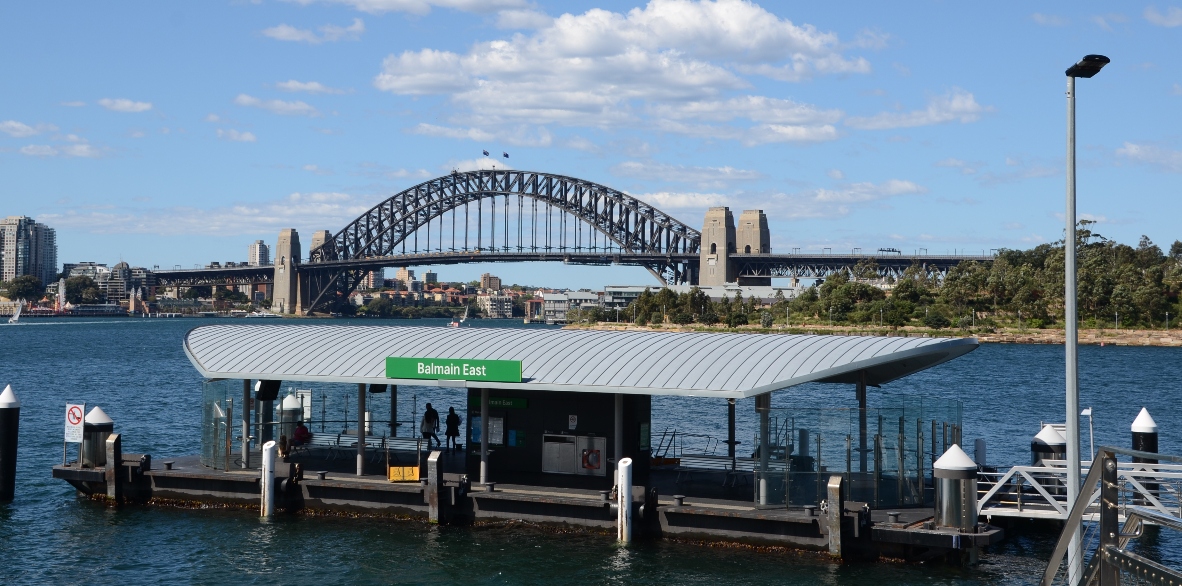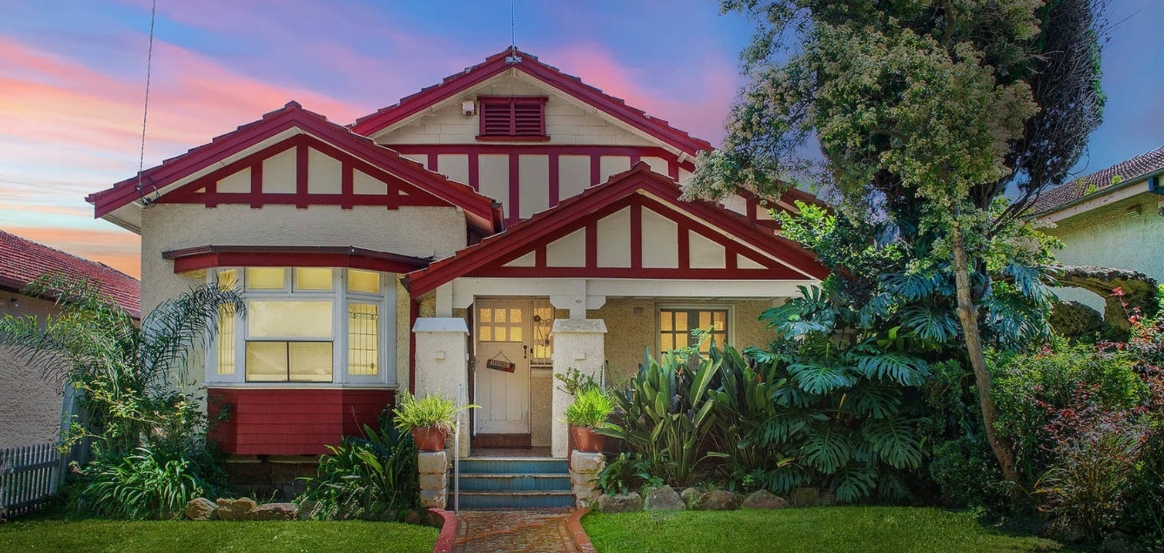
Is San Francisco’s waterfront a case study for Bays West?
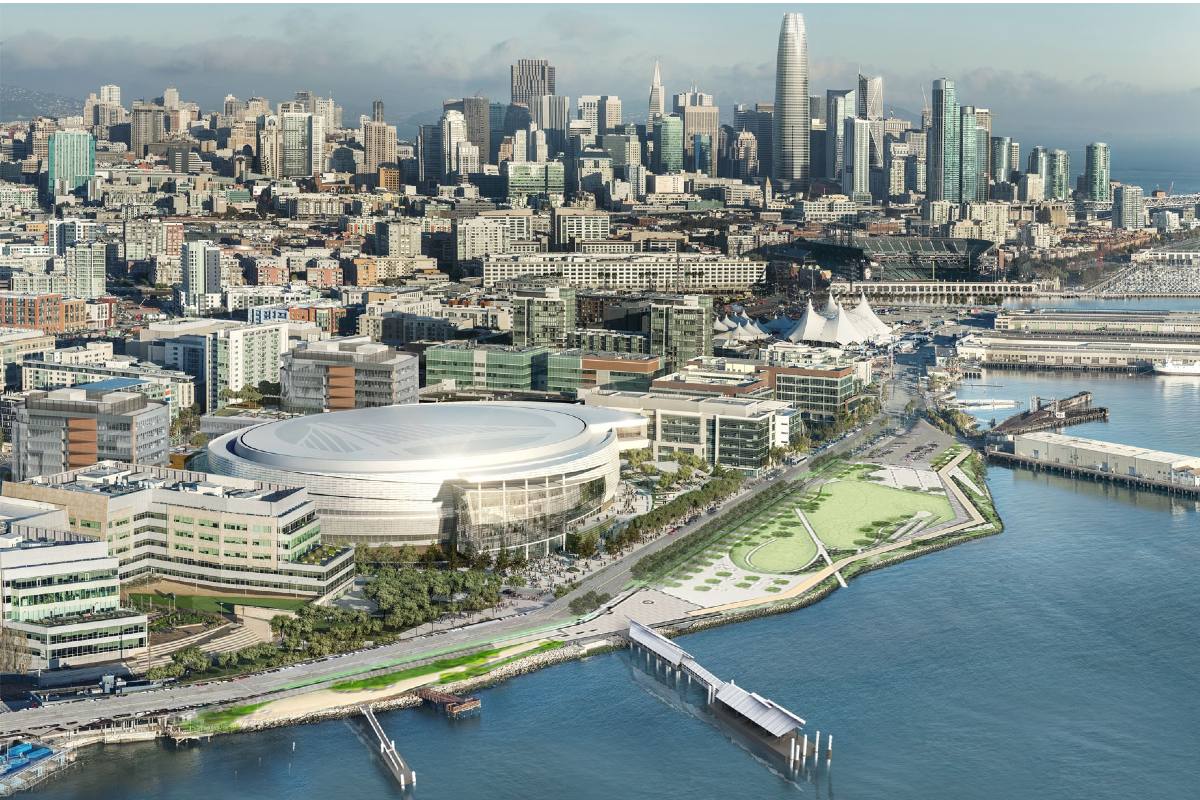
Image: Artists rendering of plans for Mission Bay along the waterfront of San Francisco. Photo: Surfaced Design.
By LAUREN FROST
The Bays West Precinct, which is planned to transform a stretch of prime foreshore in White Bay, Johnsons Bay and Rozelle Bay along Sydney’s inner west, has promised 1/3 of the mixed development’s housing will go to low and moderate income tenants.
This pledge for 30% affordable housing came from NSW Minister for Cities Rob Stokes, in a bid that has housing advocates and the Greens celebrating, for now.
City Hub investigated how plans for a large chunk of a new prime development to be allocated to lower income residents might play out.
Mission Bay: A case study
The new plans for the Bays West precinct are reminiscent of redevelopment along the shoreline of San Francisco, particularly in relation to the 30% affordable housing target.
30% is the same number promised for another key plot of foreshore in San Francisco, called Mission Bay, in which construction is currently ongoing.
Both sites, Bays West and Mission Bay, represent formerly industrial dockland areas scouted for transformation into glittering communal cities with prime waterfront views.

Both Bays West and Mission Bay are heavily populated by affluent, progressive, left-wing residents. These picturesque regions are located in two of the most expensive real estate markets in the world.
San Fran and Sydney buddy up
Residents of San Francisco have long been in opposition of overdevelopment. Community campaigns have led to strict height controls, limits on commercial space, and a requirement for voters to approve additional city developments.
Appealing to the city’s left wing politics by ensuring a 30% target of affordable housing has been an effective means of achieving community backing for these large development.
San Francisco voters rejected a proposition for the redevelopment of Mission Bay in 1990. However, only 8 years later in 1998, they approved a plan to redevelop the site. A deal had been struck where a biotech campus for University of California San Francisco was established, plus 30% of the houses in the region were set aside for affordable housing.
More recently, developers were able to increase the height restriction of their waterfront development, named Five88, by including plans for affordable housing. The site is the largest affordable development to open in San Francisco in the past decade, with nearly 200 affordable units included.
The Affordable Housing Bonus Program (AHBP) in San Francisco even offers incentives to developers for including permanently affordable homes in their projects. These include increased density and height permissions for their developments.
Currently, it still remains unclear as to how much of the proposed 30% affordable housing in the Bays West precinct will be allocated as social or public housing.

Social vs affordable housing
In NSW, social housing refers to secure, affordable rental housing for people earning low incomes where rent is calculated as a percentage of income. Social housing refers to both public housing managed by the Department of Communities and Justice (DCJ) and the Aboriginal Housing Office, as well as community housing managed by not-for-profit, non-government registered community housing organisations.
Affordable housing, however, is different. Rent is calculated as a discount of the current market rent, usually between 20% and 25%. It is open to a broader range of household incomes than social housing, meaning households with higher levels of income could still be eligible. Further, affordable housing may prioritise different target groups to social housing.
In San Francsico, according to Executive Director of the Housing Action Coalition Corey Smith, income limits for affordable housing are calculated by Area Median Income (AMI).
“For 100% affordable projects, it typically goes 30% AMI – 80% AMI. For mixed income projects, it typically ranges from 60% AMI to 160% AMI. For the mixed income projects, it’s not evenly distributed within the different levels. Meaning there is more subsidised affordable housing at 60% AMI than 160% AMI”, he said.
For the Five88 development, the breakdown of tenants is as follows. There are 198 units plus 2 units reserved for building managers. 40 units have an income limit set at 50% AMI and the remaining 158 units are set at 60% AMI.
Workers at San Francisco’s public institutions of higher education and public healthcare institutions were given priority. This resulted in 50 units occupied by higher education or healthcare employees, 142 units occupied by people living or working in San Francisco, and 6 units held by households displaced by previous urban renewal projects.
This could be an indicator of how the Bays West affordable housing will be allocated, given both sites prioritise key worker housing.
Will 30% stand the test of time?





